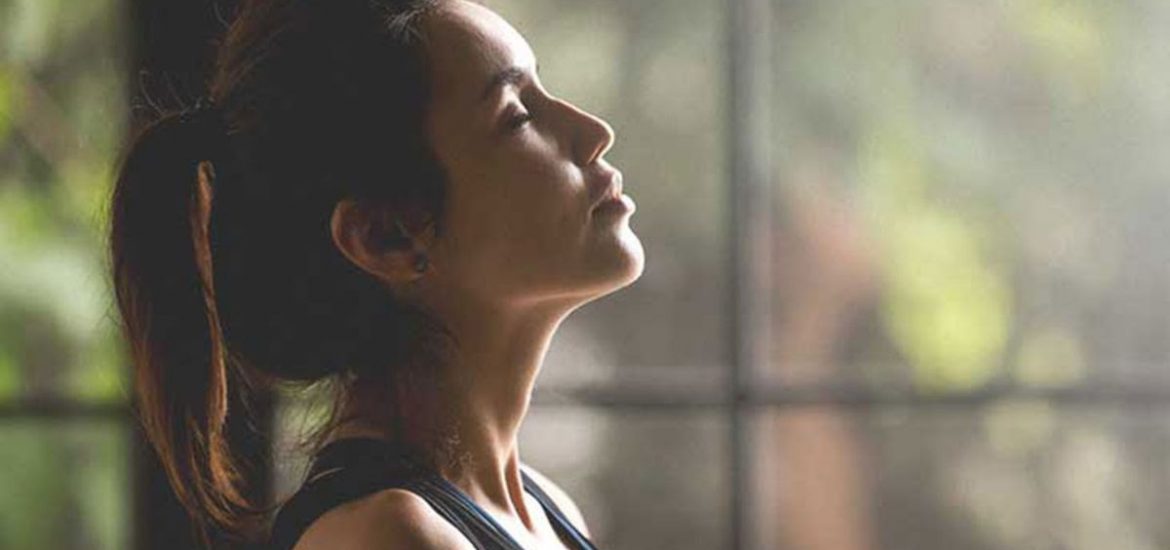Breathing exercises are just one way of managing anxiety. People can also try things such as slowly counting to 10 or imagining a calming scene, such as a meadow or a beach. Psychiatric medications can also help.
According to the Anxiety and Depression Association of America, people can help themselves by:
- accepting that there are some things they cannot control
- doing their best rather than aiming for perfection
- learning what triggers their anxiety
- limiting their caffeine and alcohol intake
- trying only to eat well-balanced meals
- trying to get plenty of sleep
- getting some exercise every day
When to see a doctor for anxiety
Some anxiety is perfectly normal and not a cause for concern.
However, some people may find that anxiety can be overwhelming, or that they are becoming more anxious. Feeling like this may indicate that the person has an anxiety disorder.
Someone should speak to a doctor if they are:
- having frequent or excessive anxiety that gets in the way of their daily activities
- dealing with anxiety by misusing drugs or alcohol
- noticing changes in their sleeping, eating, or personal hygiene habits
- having irrational fears
- self-harming or thinking about self-harming
- having suicidal thoughts
- feeling out of control
Everyone experiences anxiety sometimes. It is a natural part of the body’s reaction to threats or danger. Breathing exercises are one of the best ways to deal with anxiety. Most breathing exercises are straightforward, and people can do them anywhere. Some other ways to cope with feelings of anxiety include slowly counting to 10 or imagining a calming scene. People who find that they experience frequent or excessive anxiety that interferes with their everyday life should speak to a doctor about psychotherapy or medication.
reshared from medicalnewstoday.com

